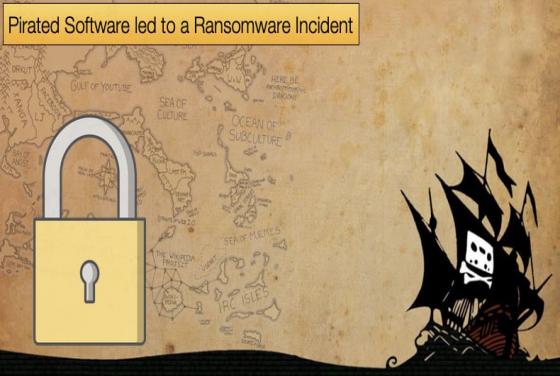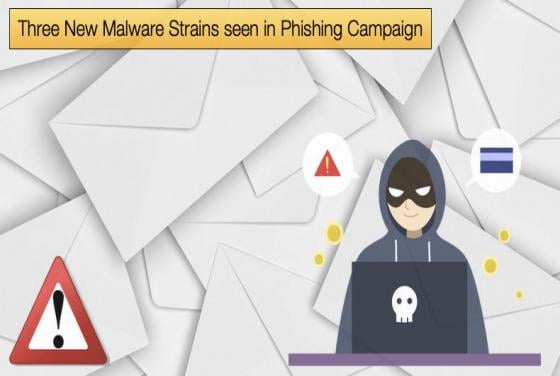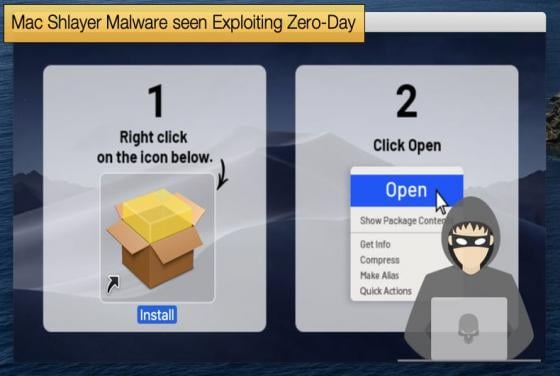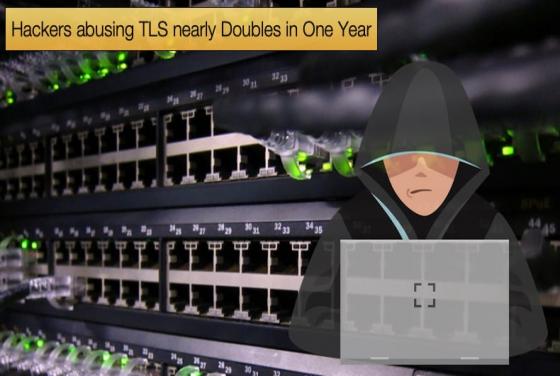

OT Attacks on the Rise but Lack Sophistication
Attacks on Industrial Control Systems (ICS) and other forms of Operational Technology (OT) are nothing new. It was assumed that the majority of these attacks need to be conducted by highly skilled attackers with a fair amount of experience. This assumption was based primarily on the reasoning that a








